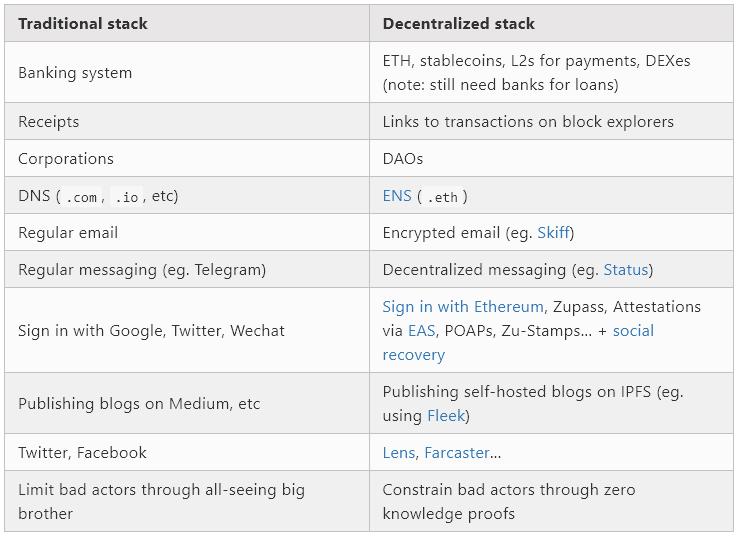Ethereum’s co-founder Vitalik Buterin shared his insights on the evolving landscape of the crypto ecosystem on Dec. 29, mainly focusing on Ethereum’s role in shaping a more open and decentralized internet in a blog post entitled “Make Ethereum Cypherpunk Again.”
Since its inception, Ethereum has journeyed beyond being a mere extension of Bitcoin with smart contracts. Buterin recalls early memories of using Bitcoin in Berlin’s Bitcoin Kiez and at PorcFest, a libertarian gathering, highlighting the intertwined nature of technological and social aspects in the crypto world. These experiences stress the broader vision of crypto: fostering a free, open society where technology, social, and economic elements harmoniously interact.
The initial concept of “web3,” as coined by Ethereum’s co-founder Gavin Wood, envisioned Ethereum as a fundamental component of a more open internet stack. This vision aimed to overcome the limitations of the free, open-source software movement of the 1980s and ’90s, which did not account for modern internet applications’ collaborative and centralized nature. Ethereum, along with technologies like peer-to-peer messaging and decentralized file storage, was seen as a decentralized, shared hard drive crucial for extending the spirit of open source into today’s interconnected world. For Buterin, the chart below outlines the core benefits of decentralized technologies.
However, Buterin notes a shift in focus since around 2017, with a diminished emphasis on consumer crypto payments and non-financial applications. This shift is partly attributed to rising transaction fees on the Ethereum network, which have priced out more minor, non-financial uses in favor of financial applications dominated by speculative activities. According to Buterin, this change has led to a misalignment with the original vision of Ethereum and the broader crypto space.
Looking ahead to 2024, Buterin highlights…
Click Here to Read the Full Original Article at Ethereum (ETH) News | CryptoSlate…
























